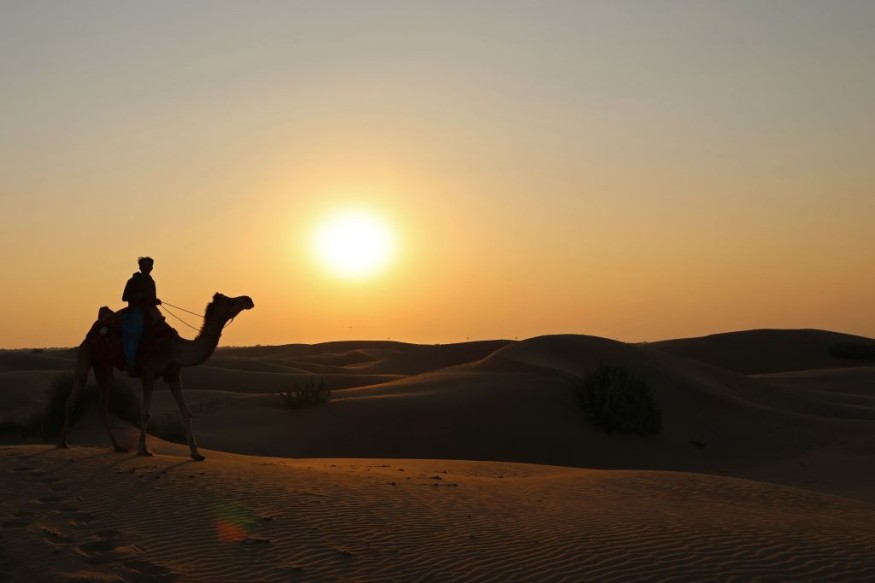Wildfires are known for wreaking havoc in the world's forests, grasslands, shrublands, and other terrestrial landscapes that have plants that it uses as fuel to spread.
Under the right conditions known as 'fire weather,' forest fires and bushfires can spread quickly and threaten not only remote areas but also populated ones, as seen from incidents in previous years.
Now, there is growing evidence that desert wildfires once existed in Australia and potentially in other deserts of the world. The latest evidence is based on a new study led by scientists in Australia, wherein signs of fire records were found buried in sand dunes. The evidence suggests that wildfires also occur in deserts but under extreme circumstances like critical fire weather conditions or lightning or human-caused fires.
In previous decades, our knowledge of wildfires has increased since their intensity and frequency have also increased in general. In Australia, the wildfire season in early 2020 saw the eruption of multiple bushfires, causing widespread disruption and deaths. However, the relation of fire with deserts or sand dunes is overlooked, according to research.
Holocene Fire Records

In the study published in the journal Quaternary Research on May 11, researchers reconstructed Holocene fire records by using sand dune foot slope deposits at the Cooloola Sand Mass in Australia as evidence to show that wildfire were also prevalent in desert systems.
In a recent study, the research team examined charcoal records from eolian deposits in the Cooloola Sand Mass, a subtropical coastal dune system located in eastern Australia. The team used the site to determine whether or not it can be utilized as a substitute for the Holocene fire history.
Desert Wildfires
To test the evidence of desert wildfires, the team excavated four foot-slope deposits of sand dunes and calculated the amount of charcoal, a black carbon residue used until now as a fuel for heat.
The research paper is the first study to inspect sedimentary records preserved in foot-slope deposits of sand dunes with an age dating back to 12,000 years ago, according to Phys.org. The paper was led by Nicholas Patton, a post-doctoral researcher at Desert Research Institute.
The said four sand dunes at the Cooloola Sand Mass in Australia are some of the most fire-prone landscapes, which highlights the country's historic fire regimes, as stated in the news release of Phys.org.
Fire Regime
A term often used in the recent DRI study is fire regimes, which pertain to the frequency, intensity, and pattern of bushfires and wildfires in a given area over long periods of time.
In addition to the said variables, scientists classify fire regimes using different factors like size, season, and severity, according to the website Oregon Explorer.
By understanding fire regimes similar to those of the sand dunes in Australia, scientists can track current and future wildfires in a particular area, even in deserts.
© 2025 NatureWorldNews.com All rights reserved. Do not reproduce without permission.





